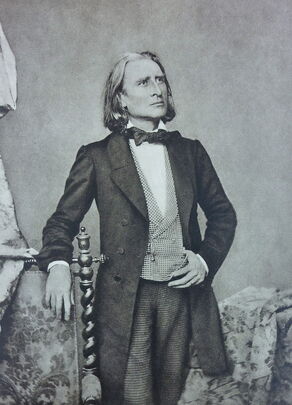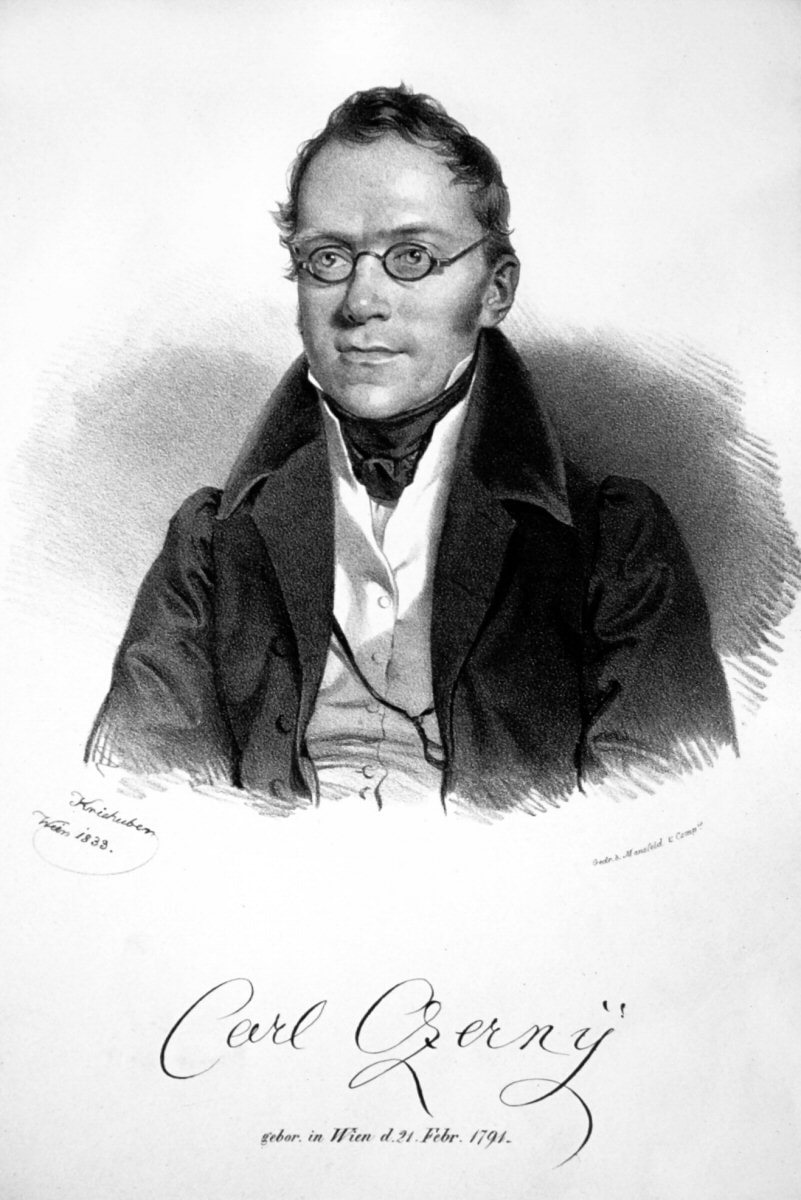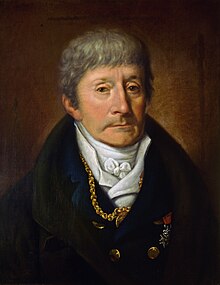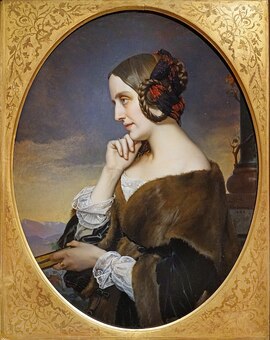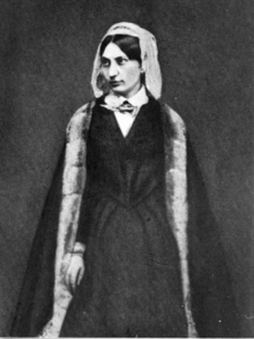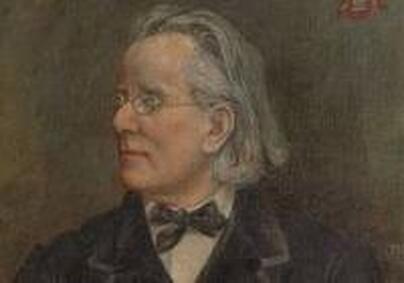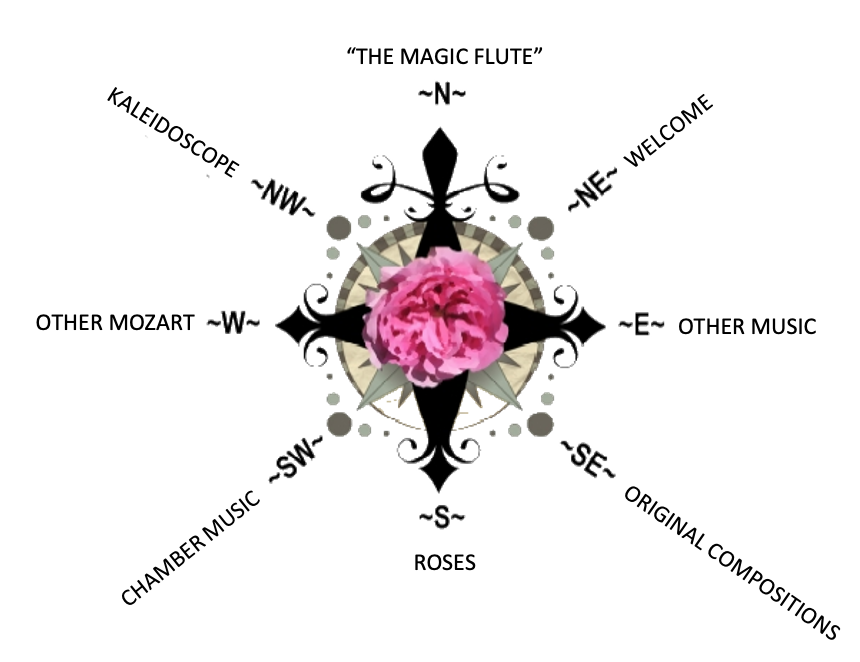- Home
- N - The Magic Flute
- NE - Welcome!
-
E - Other Music
- E - Music Genres >
- E - Composers >
-
E - Extended Discussions
>
- Allegri: Miserere
- Bach: Cantata 4
- Bach: Cantata 8
- Bach: Chaconne in D minor
- Bach: Concerto for Violin and Oboe
- Bach: Motet 6
- Bach: Passion According to St. John
- Bach: Prelude and Fugue in B-minor
- Bartok: String Quartets
- Brahms: A German Requiem
- David: The Desert
- Durufle: Requiem
- Faure: Cantique de Jean Racine
- Faure: Requiem
- Handel: Christmas Portion of Messiah
- Haydn: Farewell Symphony
- Liszt: Évocation à la Chapelle Sistine"
- Poulenc: Gloria
- Poulenc: Quatre Motets
- Villa-Lobos: Bachianas Brazilieras
- Weill
-
E - Grace Woods
>
- Grace Woods: 4-29-24
- Grace Woods: 2-19-24
- Grace Woods: 1-29-24
- Grace Woods: 1-8-24
- Grace Woods: 12-3-23
- Grace Woods: 11-20-23
- Grace Woods: 10-30-23
- Grace Woods: 10-9-23
- Grace Woods: 9-11-23
- Grace Woods: 8-28-23
- Grace Woods: 7-31-23
- Grace Woods: 6-5-23
- Grace Woods: 5-8-23
- Grace Woods: 4-17-23
- Grace Woods: 3-27-23
- Grace Woods: 1-16-23
- Grace Woods: 12-12-22
- Grace Woods: 11-21-2022
- Grace Woods: 10-31-2022
- Grace Woods: 10-2022
- Grace Woods: 8-29-22
- Grace Woods: 8-8-22
- Grace Woods: 9-6 & 9-9-21
- Grace Woods: 5-2022
- Grace Woods: 12-21
- Grace Woods: 6-2021
- Grace Woods: 5-2021
- E - Trinity Cathedral >
- SE - Original Compositions
- S - Roses
-
SW - Chamber Music
- 12/93 The Shostakovich Trio
- 10/93 London Baroque
- 3/93 Australian Chamber Orchestra
- 2/93 Arcadian Academy
- 1/93 Ilya Itin
- 10/92 The Cleveland Octet
- 4/92 Shura Cherkassky
- 3/92 The Castle Trio
- 2/92 Paris Winds
- 11/91 Trio Fontenay
- 2/91 Baird & DeSilva
- 4/90 The American Chamber Players
- 2/90 I Solisti Italiana
- 1/90 The Berlin Octet
- 3/89 Schotten-Collier Duo
- 1/89 The Colorado Quartet
- 10/88 Talich String Quartet
- 9/88 Oberlin Baroque Ensemble
- 5/88 The Images Trio
- 4/88 Gustav Leonhardt
- 2/88 Benedetto Lupo
- 9/87 The Mozartean Players
- 11/86 Philomel
- 4/86 The Berlin Piano Trio
- 2/86 Ivan Moravec
- 4/85 Zuzana Ruzickova
-
W - Other Mozart
- Mozart: 1777-1785
- Mozart: 235th Commemoration
- Mozart: Ave Verum Corpus
- Mozart: Church Sonatas
- Mozart: Clarinet Concerto
- Mozart: Don Giovanni
- Mozart: Exsultate, jubilate
- Mozart: Magnificat from Vesperae de Dominica
- Mozart: Mass in C, K.317 "Coronation"
- Mozart: Masonic Funeral Music,
- Mozart: Requiem
- Mozart: Requiem and Freemasonry
- Mozart: Sampling of Solo and Chamber Works from Youth to Full Maturity
- Mozart: Sinfonia Concertante in E-flat
- Mozart: String Quartet No. 19 in C major
- Mozart: Two Works of Mozart: Mass in C and Sinfonia Concertante
- NW - Kaleidoscope
- Contact
Franz Liszt: "Évocation à la Chapelle Sistine"
“Evocation de la Sistine Chapel”, by Franz Liszt
by Dr. Judith Eckelmeyer
At the height of his career, Franz Liszt (1811-1886) was an international super-star, arguably the premier piano virtuoso of his day. Born in a small town near Sopron, Hungary, he very early began piano studies with his amateur-musician father, and by 9 was being supported in his musical education by Hungarian gentry. He then quickly moved on to study in Vienna with major teachers such as Czerny and Salieri in both piano and composition. He was a success in the rarest of circles, meeting aristocrats and major figures such as Beethoven and Schubert, and beginning to see his own compositions published. By age 22 he was concertizing across Europe and settled in Paris where his performing created a sensation. Further travels to England and the continent cemented his place as an incomparable performer; meanwhile he was turning out brilliant new piano works and transcriptions of other composers’ orchestral and vocal works.
Liszt’s attention expanded to include religion and church music about the same time he fell in love and began an affair with Countess Marie d’Agoult, who left her husband to live with Liszt. They had two daughters and a son over a five-year period, and then, in 1839, when their relationship cooled, Liszt left the countess to begin even more extensive touring and concertizing. His composition expanded to the orchestral sphere, and he was engaged as a composer and conductor of orchestral works and operas in Weimar. Here he began his final liaison (of about 40 years) with Princess Carolyne Sayn-Wittgenstein, sister of the Russian Tsar and the wife of a Russian military officer. As an adherent of the Wagnerian “Music of the Future” Liszt faced opposition, and the princess’s unfavorable status made life in Weimar increasingly untenable for them. In 1861 the two moved to Rome, living separately because the princess was unable to receive a divorce from the Pope. Liszt took minor orders in the Catholic Church, meanwhile focusing on religious compositions. From 1869 till his death, except for a final brief tour, he primarily divided his life between Rome, Weimar, and Budapest to give master classes.
Until about 1836, remarkably, Liszt had had very little connection with the other keyboard of his time—the organ. According to Zoltán Gárdony (“The Organ Music of Liszt” in The New Hungarian Quarterly, 1985), while visiting the Cathedral of St. Nicholaus in Fribourg that year, he improvised on the cathedral’s organ, which had very recently been built. The organ maker was in attendance and assisted with his registration. Liszt, familiar of course with the keyboard, created a complex work on the manuals but added little in the pedals. Then in 1840 he heard Mendelssohn perform Bach’s organ music and began to study the Baroque master’s organ works, primarily by transcribing them for piano. In 1845, inspired by Schumann’s compositions for pedal-piano, Liszt had a “piano-organ” made for himself and installed in his Weimar home.
Balazs Szabo plays Franz Liszt's Lied an den Abendstern by Wagner in Liszt's transcription on Liszt's own piano-organ that he restored 2008-13 at the first Harmonium Festival on 6/15/16. This rare instrument has never been heard outside of Budapest.
This led to his incorporating the organ as an accessory to choral works. By 1850, he was composing independent works on the instrument. It was not until about 1862, a year or so after his move to Rome, that he composed the “Evocation à la Chapelle Sixtine”. Gárdony terms the piece a “fantasia and free paraphrase”. It was inspired by both Mozart’s “Ave verum corpus” and Allegri’s “Miserere”, which Liszt had heard in the Sistine Chapel. Liszt dedicated the work to A. W Gottschalg, an organ composer and teacher, who helped Liszt with his transcriptions for organ and who ultimately became curator of Liszt’s organ music in Weimar.
Choose Your Direction
The Magic Flute, II,28.
